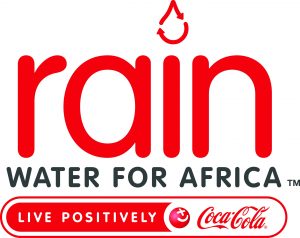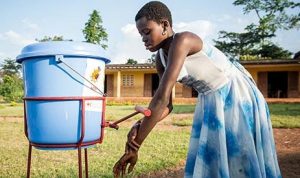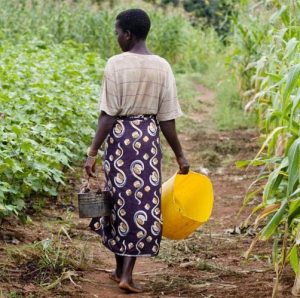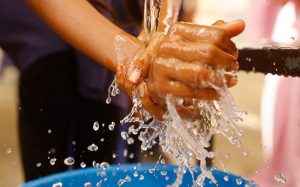Location: Tanzania, Africa
Issue: Poor water quality in community where there were mining operations.
Organizations involved: CEO Water Mandate
Year: 2011
This case study drawn from:
A mining company had been providing local communities with “raw” river water from a nearby river, essentially relieving residents of the need to make the trip to the river to collect water themselves. However, the quality of water from the river was poor (this was unrelated to company operations). The company had excess water in its mine pits, which had to be discharged after being appropriately treated. The company built a water purification plant that would produce water for discharge of a much higher quality than the “raw” water it provided to the community from the river, but still of a lower quality than the water used by the company for its own staff.
This particular situation led to a number of questions for the company including:
- What was the company’s responsibility to the community when discharging water that was cleaner than the “raw” river water it provided to the communities directly?
- If the company provided the communities with treated water, should it be providing them with the same quality of water as that used by company employees? What about the serious cost implications?
- What if the company provided the communities with treated water and health-related issues emerged, which were, or were seen to be, related to the quality of water provided?
- What if the company provided treated water, but then left the area after 10 years and the water provision system fell into disrepair? Would the company be accused of infringing on the communities’ rights by failing to ensure that the quality of available water remained the same?
At the time of writing, the company was still exploring these questions through expert advice and stakeholder consultation.
Companies continue to grapple with a host of issues related to meeting their responsibility to respect, and the complexities that can arise where companies seek to support the HRWS, which will be further explored during the project’s second phase.






